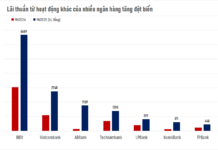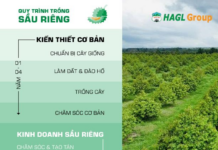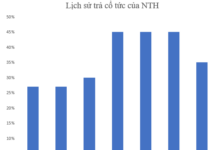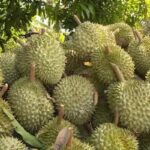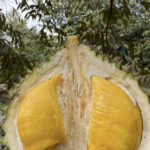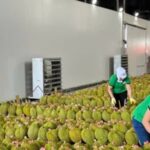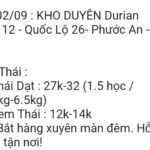According to the Customs Department, in the first 9 months of 2025, Vietnam’s durian export value decreased by 1.7% compared to the same period last year, reaching $2.76 billion.

Durian exports need enhanced testing capabilities at lower costs
However, durian exports began to recover, regaining growth momentum. In September 2025 alone, export turnover reached $972 million, a significant 44.6% increase compared to the same period in 2024, marking a record high for a single month.
Recently, 8 directors and 9 individuals were prosecuted for allegedly trading planting area codes and test certificates to export durians from Vietnam to China. This is expected to enhance market transparency and eliminate durian fraud in the near future.
According to Mr. Nguyen Dinh Tung, Chairman of the Board and CEO of Vina T&T Group, Vice Chairman of the Vietnam Fruit and Vegetable Association (Vinafruit), Vietnamese durians, if well-managed, can overcome technical barriers and secure a strong position in the Chinese market.
“We opened the Chinese market in late 2022 and witnessed strong export growth. Moving forward, the durian industry must comply with China’s technical barriers to meet new standards promptly,” shared Mr. Tung.
Following the discovery of a network trading planting area codes and test certificates, businesses hope that authorities will support farmers in expanding planting area codes and strictly adhering to mandatory requirements. “Faking planting area codes is fraud,” Mr. Tung emphasized.
Expressing concern about counterfeit testing, Mr. Tung noted its critical importance, as it affects the nation’s reputation and significantly impacts Vietnam’s agricultural sector and the billion-dollar durian export industry.
Therefore, it is essential to enhance testing capabilities in the coming period, ensuring lower testing costs for sustainable durian exports.
According to the Ministry of Agriculture and Environment, as of October 18, Vietnam has 24 testing laboratories recognized by China’s General Administration of Customs (GACC) for cadmium and gold residue testing. The total sample processing capacity reaches 3,200 samples per day.
However, some laboratories have temporarily ceased operations for maintenance, repairs, or re-evaluation, causing partial system disruptions.
This has prevented businesses from completing testing procedures and obtaining export certificates, resulting in nearly 2,000 durian containers being held up in factories, during transportation, and at export border gates.
The Homeland of Musang King: Vietnam Imports Durian for Domestic Consumption
Malaysia, renowned for its prized “King of Durian” Musang King, also imports durians from Vietnam to meet domestic demand.
The King of Fruits: A Tasty Treat for All
Despite it being a public holiday, durian wholesalers are working around the clock, with prices increasing by 2,000 VND per kilogram compared to last week.





